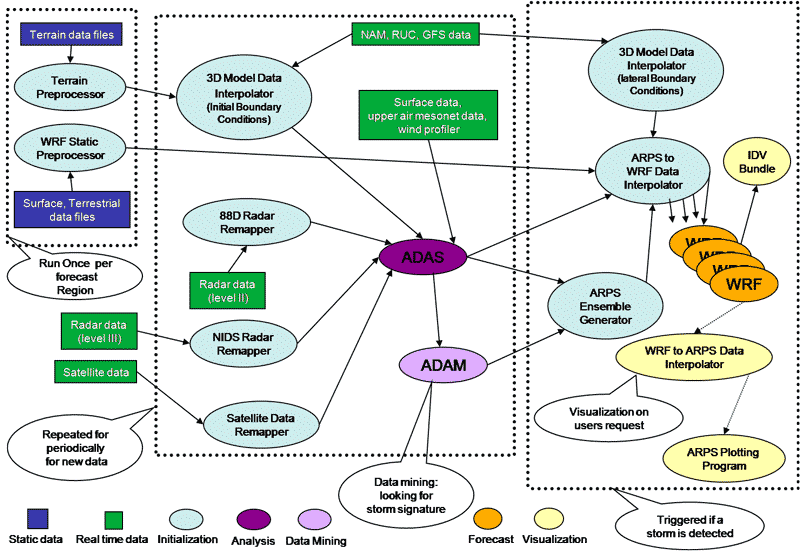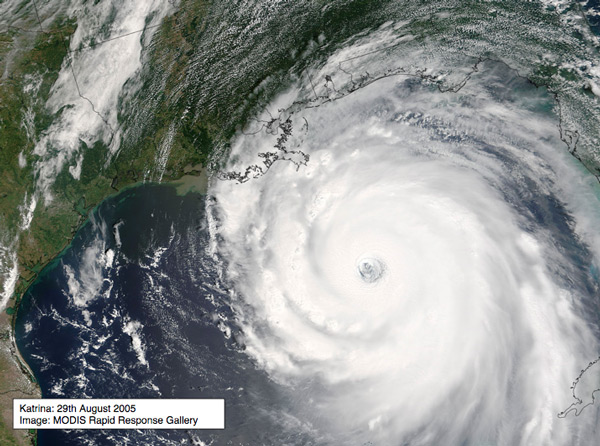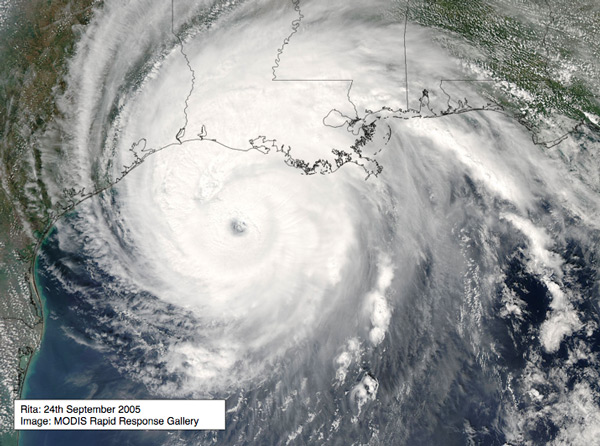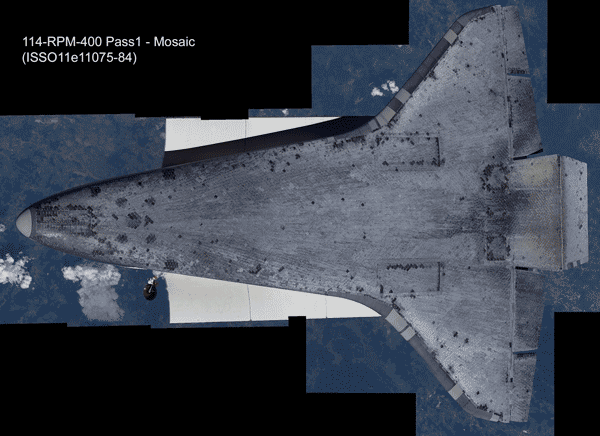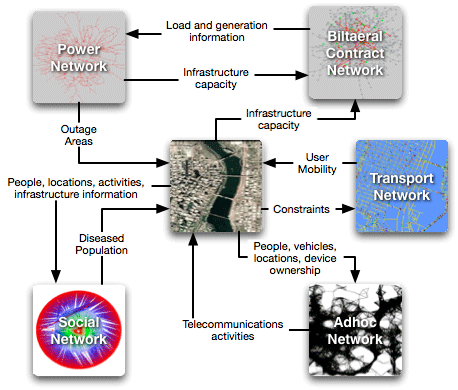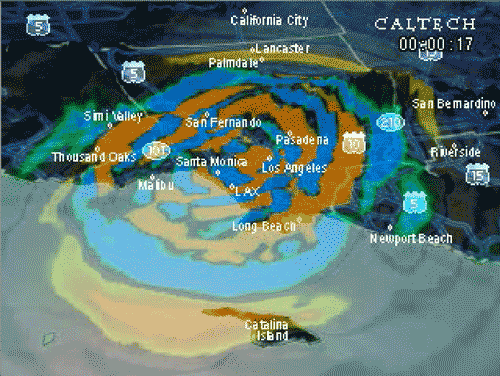Our all-too-frequent sense of surprise at how fast time has passed is usually at its most acute when we come to the end of a long, collective effort, especially one which has proved personally meaningful to those who have participated. Now that we have arrived at the last issue of the Cyberinfrastructure Technology Watch Quarterly (CTWatch Quarterly), at least in its current incarnation, all of us on the CTWatch team are having this familiar experience, and in just that context. Typically this is also a good time to reflect on what has been accomplished and to think a little about where things should go next.
Back in 2004, when, in a moment of inspiration, Fran Berman saw that something like CTWatch Quarterly was needed as a complement to the Cyberinfrastructure Partnership (CIP) that the San Diego Supercomputer Center and the National Center for Supercomputing Applications were planning to form, the term “cyberinfrastructure” was still something of a buzzy neologism. The National Science Foundation, where the word was coined, had yet to fund the CIP, or to create the separate office that now bears this name. But some in the community recognized that “cyberinfrastructure” was not just marketing gloss, but that it represented a complex new reality which, in the digital age, was becoming more and more fundamental to scientific inquiry on every front. Thoroughly crosscutting, broadly interdisciplinary, and global in its reach and impact, the world of cyberinfrastructure already formed the nexus of a myriad of interconnected activities where the interests of government, private industry, and the academy all converged. Thus the spring of 2005 was a propitious time to launch a publication intended to provide a forum where the cyberinfrastructure community could discuss the opportunities, achievements, and challenges confronting it.
Looking back to review the three years and thirteen issues of CTWatch Quarterly, it is gratifying to see how many emerging developments and how much breadth of impact its pages have been able to reflect. Each installment contains illustrations of this point, but a few examples provide a happy reminder. Our issues on low power, high-performance computing (Fall 2005) and on the ramifications of the on-going revolution in multicore and heterogeneous processor architectures (Spring 2007) helped lead the way in raising awareness and educating the community on these watershed developments in the evolution of computing infrastructure. The two issues that focused on the global explosion of national and transnational cyberinfrastructure (Winter 2005, focusing on Europe, and Spring 2006, highlighting eight national projects spread across Asia, Africa, and South America) showed clearly that the era of e-Science has become ubiquitous, and that the drive to remain competitive is being reflected in significant infrastructure investments around the world. The two recent issues on cyberinfrastructure for the humanities, arts, and social sciences (Summer 2007) and on the digitally-driven transformation of scholarly communications (Fall 2007) show how the impact of cyberinfrastructure is already reaching every field and discipline across the entire curricula. Finally, in the current issue on urgent computing, guest editor Pete Beckman and his excellent group of author’s show us that the practical and societal benefits of advanced cyberinfrastructure are on the verge of becoming more immediate, more universal, and more vitally important than ever before.
Given the current state of the field and the community, it is clear to me that the relevance of CTWatch Quarterly’s mission is far from exhausted. But the question of how to carry it forward into the post-CIP future remains open. Opportunities to continue with the quarterly in its current form are being explored, and if adequate funding can somehow be secured, publication may restart in the near future. Yet although that may be the easiest path to take, it may not be the most satisfying one. Perhaps the most remarkable feature of the cyberinfrastructure community is its propensity to innovate: not doing what you’ve done before with different tools, but reflecting on the untried opportunity space that emerging technology opens up for you and trying to envision your mission and your strategy for achieving it in a more original way. We are also searching for, and may yet find, a future for CTWatch more consonant with that spirit of innovation.
As we close up shop at the current stand, it is important to recognize the people who have been instrumental in helping us to achieve such success as we have had. First and foremost, we are profoundly grateful to the remarkable collection of guest editors and outstanding authors who worked with us over the last three years; they literally gave substance to our vision of a publication that could help keep the attention of the community focused on the leading edge of the cyberinfrastructure movement. Special thanks go to Fran Berman and Thom Dunning, and the CIP organizations they lead (SDSC and NCSA, respectively), for the constant and enthusiastic support they provided throughout. We also very much appreciate the contributions, feedback and suggestions of the members of our editorial board, who took time out of their busy schedules to help keep us on course and make us better.
Finally, I want to personally thank the members of the CTWatch team: Terry Moore (Managing Editor), Scott Wells (Production Editor), David Rogers (Graphic Designer), and Don Fike (Developer). Their expertise, diligence, and collective efforts, working through every phase of the process, made a high quality production like CTWatch Quarterly seem deceptively easy. Their presence makes the possibility of future community endeavors along the line of CTWatch a very happy prospect indeed.



